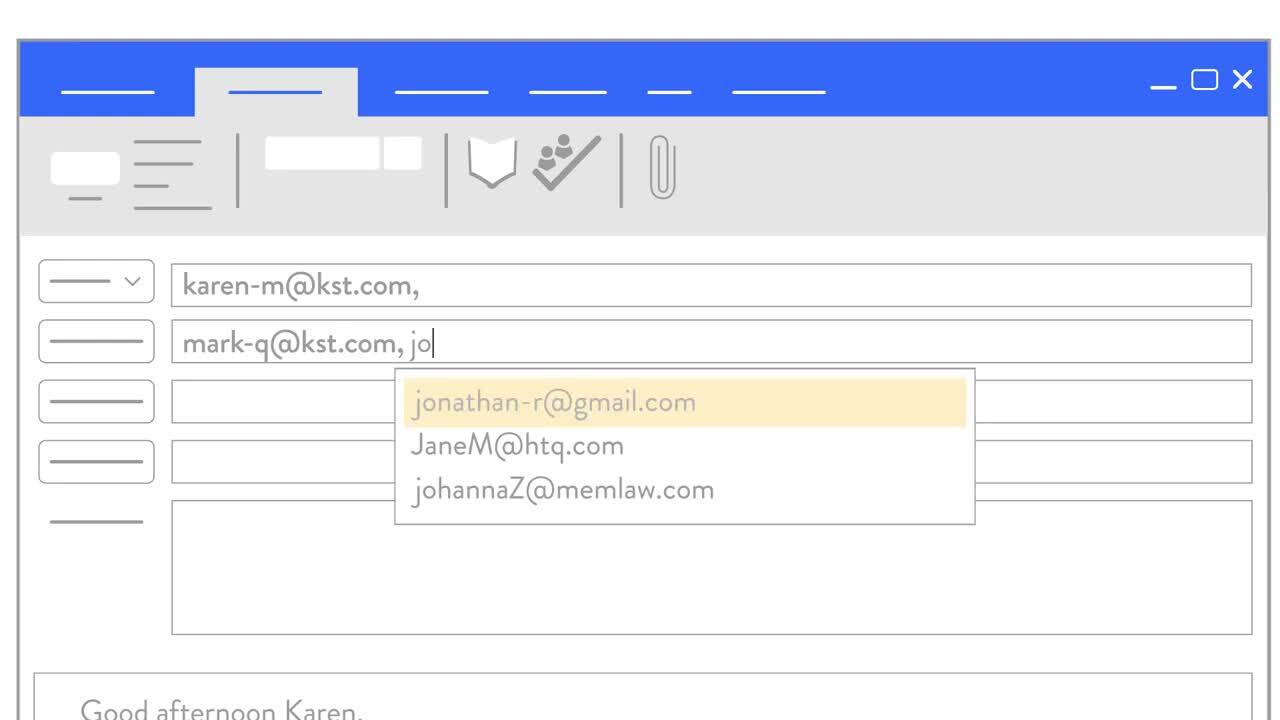Why Metadact?

Gain Secure Collaboration and Compliance
Secure collaboration and avoid metadata exposure by cleaning metadata and tracking changes and comments on any device.
Enhance Data Loss Prevention Across Your Email Environment
Mitigate the risk of human error when sharing documents via email and set DLP policies according to your risk profile.
Enhanced Protection
Protect your firm from revealing sensitive data and catch email mistakes and suspicious activity from any device.
Seamless Integration
Reorder, rename, and bind attachments without disturbing your workflow or leaving Microsoft Outlook.
Actionable Insights
Have total control with customizable settings and receive insights to protect data, while maintaining an efficient workflow.
Metadact Desktop
Share the cleanest, most professional version of a document and remove the risk of sharing sensitive information via email with Metadact.
Metadact Server
Foster flexibility, innovation, and security with a Metadact Server. Leverage APIs to integrate with a range of client applications to enable metadata cleaning.
Metadact Microsoft 365 Application
Remove risky metadata from documents in Microsoft Word online with Metadact’s M365 app.
See Metadact in Action
Resources
Featured Resources for Metadact
Learn more about how Metadact can help your law firm.
